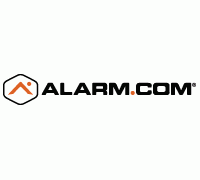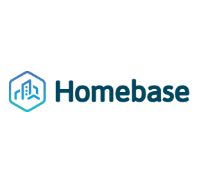By Özgür Yildirim, North America Business Unit EVP & General Manager, AirTies
The Internet of Things (IoT) has been knocking on the door for several years now, but the tipping point has yet to arrive. There are good reasons for assuming that moment is imminent, as a number of key technologies and platforms approach maturity and come together, most notably in wireless communications and Internet access. Above all the IoT must deliver compelling benefits to consumers through vertical integration, rather than just enabling various small niches of interest merely to technology enthusiasts, like operating lights from your smart phone. But the problem here has been more lack of the underlying infrastructure than of ideas, so as that is now coming together, we can anticipate firstly a trickle and then a torrent of new IoT products and services.
Such vertical integration is one of four pillars upon which a thriving IoT market will be built and will be the last to be erected since it rests on the other three. These other three can be defined loosely as the things themselves, their connectivity with the Internet and their interactions or interfaces with the users. Some devices such as smart thermostats are already available and highlight the need for more sensing capability, more powerful processors and larger memory as compared with the current generation of low cost but inadequate microprocessors. They also of course require relevant network interfaces, so this intersects with the second pillar of connectivity to determine what protocols need to be supported. Currently there are a number of contenders but I believe that this will consolidate down to just two at the home or premises level, which will be Wi-Fi and the low power version of Bluetooth.
Clearly Wi-Fi will continue to dominate for high bandwidth communications, allied to mesh technology to provide reliable and robust whole home coverage for applications such as premium video. Because of this ubiquity Wi-Fi will also provide the backbone connecting clusters of IoT devices to the Internet. These devices will communicate among themselves using a low power radio that does not soak up battery capacity and currently the two most prevalent options are ZigBee and Z-Wave. However neither of these has managed to attain market dominance, while Bluetooth has succeeded in achieving this for short range communications among computing and personal devices from printers to smartphones. It was lacking several key features needed for IoT such as very efficient power utilization, but has redressed these deficiencies with Bluetooth Low Energy (BLE), which saves electricity by sending data in short bursts rather than continuous streams. It has also added support for IPv6, the latest version of the IP protocol with a greatly enlarged address space which is essential for coping with the anticipated IoT device proliferation, along with key features like Internet access, privacy and ultra-precise location awareness. The latter goes beyond Z-Wave and ZigBee and will help enable some novel IoT applications. BLE also supports mesh, extending the range by enabling each device to act as a communication node in a local Bluetooth network.
BLE has already been deployed by many device makers such as Apple and is likely to build on the current huge base for the earlier Bluetooth versions to squeeze out ZigBee and Z-Wave over time. There is also a low power version of Wi-Fi but we think that BLE offers such compelling advantages that it will prevail over that too. This would leave just two wireless protocols which will be closely coupled together, the one (BLE) optimized for low power IoT devices such as sensors and thermostats and the other (Wi-Fi) for services such as IPTV and OTT video that require high network capacity.
This leaves the fourth pillar, the UI, which has yet to be resolved. It looks like smart phones will host the interface for many services as people tend to have them on their person and they can communicate via both Wi-Fi and Bluetooth. At present however each IoT service tends to have its own app, which is clearly not practical or convenient if different IoT niches come together within a single platform. Ideally there would then be just one app serving the UI for the entire IoT constellation of a given home, but this will require agreement over standards and formats, which is something major players such as Apple and Google are currently working on.
Lack of a common UI though will not hold back initial IoT deployments, which indeed are taking place. The most urgent of the four pillars is for a coherent wireless infrastructure in the home or premise and there are signs with for example BLE and the arrival of mesh technologies for both Wi-Fi and Bluetooth that the foundations are now in place for IoT to blossom.
Next: Affinegy Announces CHARIOT Connect, the First Cloud Service to provide Simple, Secure Remote Access for the IoT with the AllJoyn Gateway Agent
Previous: Piksel: Value-based Analytics Will Create Value by Helping Deliver Relevant Content to the Consumers















